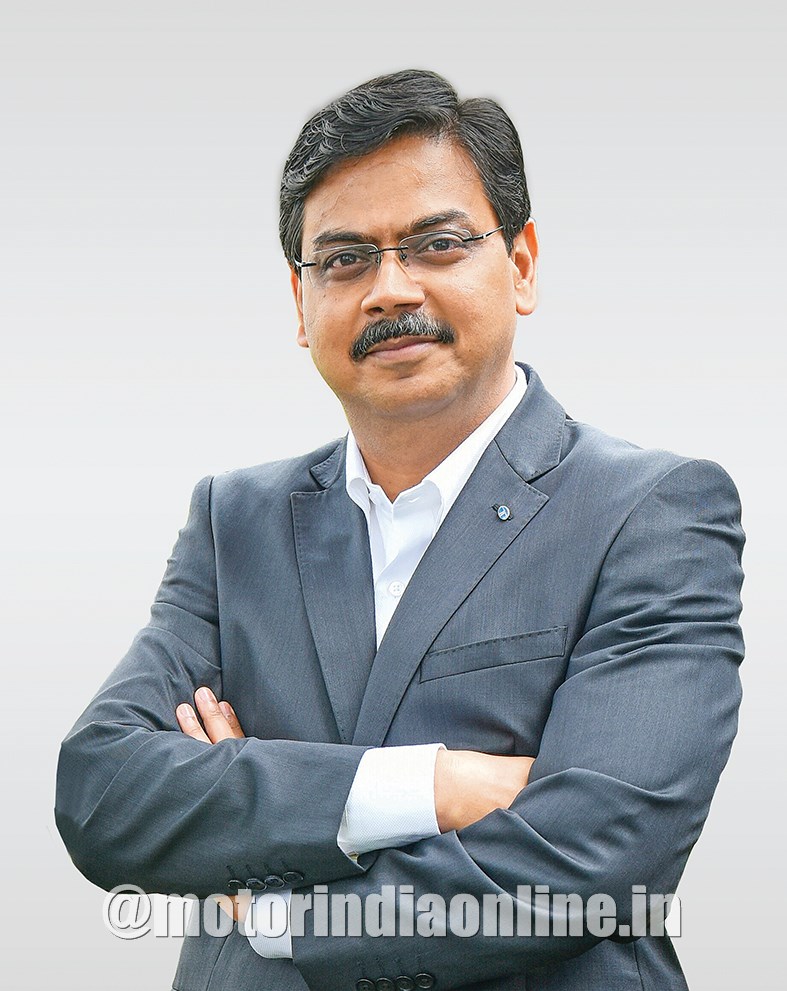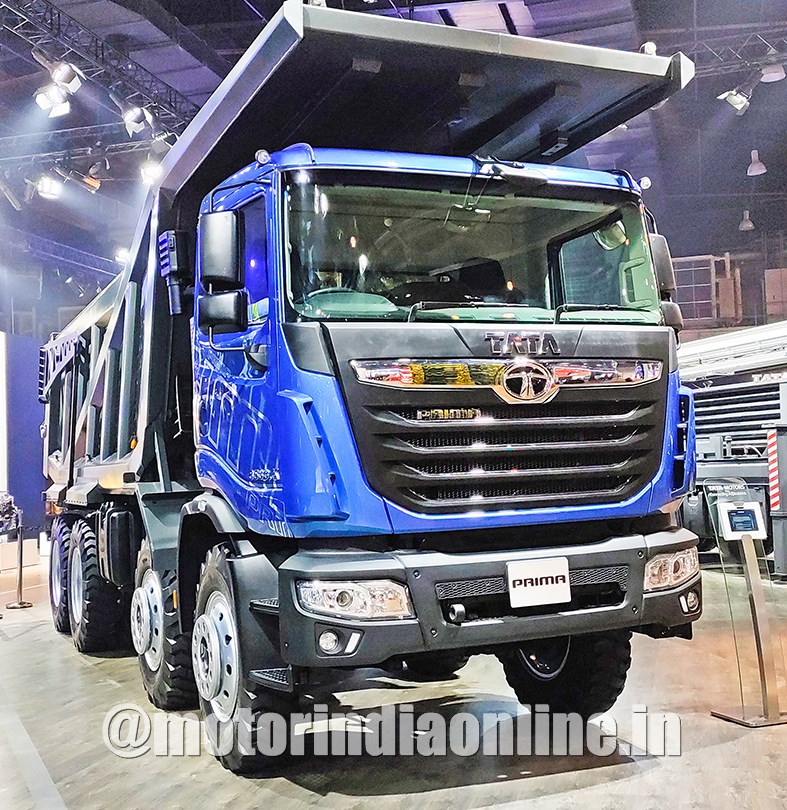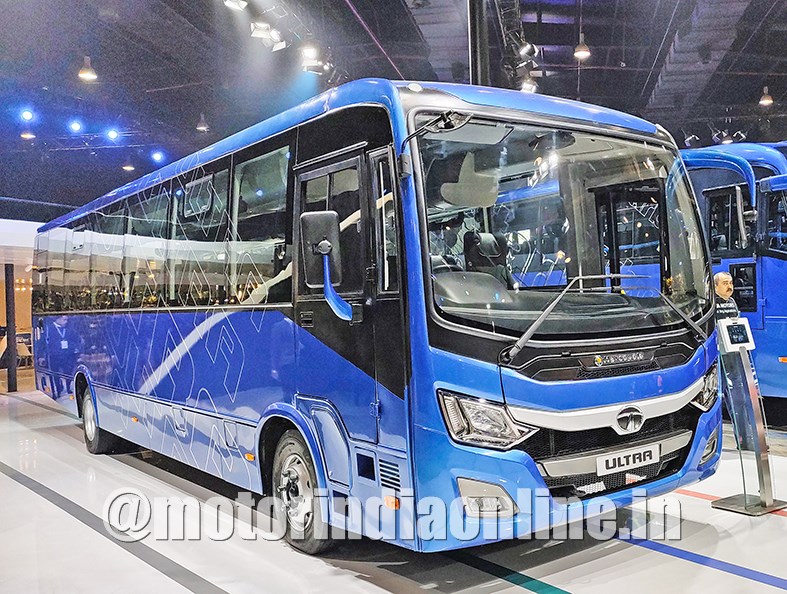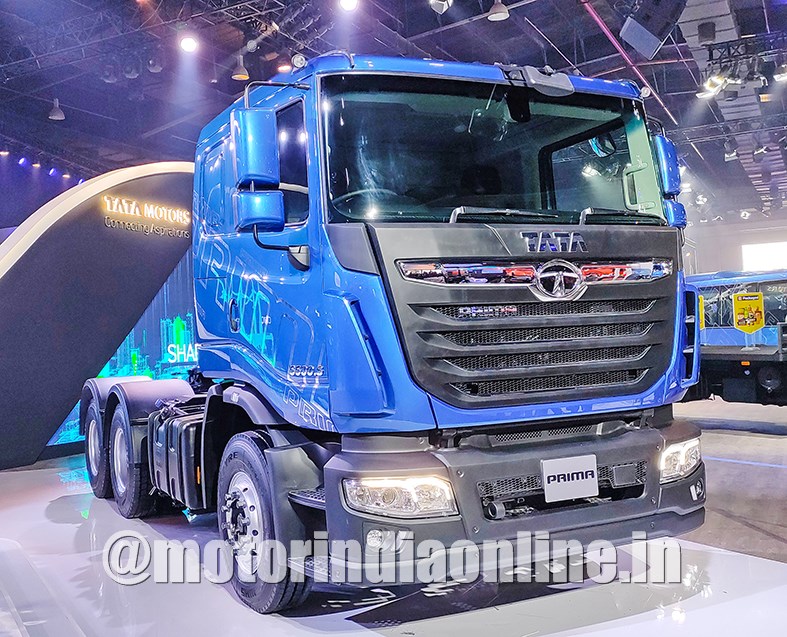The company displayed a slew of products that reflected its focus on CESS – Connected, Electric, Shared and Safe
Going beyond BS-VI with distinctive and premium styling philosophy, sophisticated engineering and connected technologies along with attention to micro-segments in haulage and passenger transportation, Tata Motors has added much mileage to its brand. Taking a huge leap at the Auto Expo 2020 trade fair, it presented a flamboyant show with a slew of global debuts, pre-production and commercial launches of BS-VI variants as well as concept vehicle displays. The focus of the company’s exposition was on CESS – Connected, Electric, Shared and Safe – as the future of mobility, with an extensive range of sustainable mobility solutions for passenger vehicle and commercial vehicle segments.

Commenting at the press event, Tata Sons Group Chairman N. Chandrasekaran said: “The theme of our pavilion is a thoughtful representation of what India needs, how Tata Motors can contribute, and how we as the Tata Group are taking the lead in providing a transformative ecosystem solution in India.” He added that his conglomerate has taken the lead in driving the government’s vision of electrifying India and building a comprehensive and sustainable ecosystem by leveraging the group’s rich experience and diversified competencies.
In the CV space, Tata Motors showcased as many as 14 products in different shades of blue and eye-catching styling cues to dictate a distinctive family design language across its entire range – the ‘Premium Tough’ design philosophy. In particular, the limelight was on the next-generation Winger and face-lifted ‘Prima’ range of heavy trucks that has warranted active involvement of Tata Motors’ Design Department headed by Pratap Bose. The Ultra T.7 Electric truck was another showstopper at the company’s pavilion, followed by face-lifted Starbus EV battery-electric bus.
Speaking exclusively to MOTORINDIA, Girish Wagh, President (CVBU), Tata Motors, said that the idea of the company is to bring a good confluence of its 75-year long and rich heritage and vision of futurity. “We have displayed a wide range of products here and have put into motion modular platform strategy with the BS-VI era. We have a strong product planning process in our organisation that looks at even micro-segments of haulage or passenger applications and end-customer requirements, which is bound to place us as market leaders in the coming years as well.”
He made specific references to Intra, Ultra and Prima ranges, while elucidating a distinctive styling philosophy for ‘Tata’ brand vehicles that is more premium and sophisticated in looks, while also underlining robustness and toughness. “Although there is a commonality with Tata Motors’ cars in the direction of design evolution to ensure some brand familiarity, the doctrine behind CV is completely different. Here the impetus is on being tough and durable while also ensuring a premium feel for the users and onlookers,” he pointed out. Wagh further committed that cutting-edge engineering and connected technologies from the PV segments will be deployed in commercial vehicles as well.
“However, we painstakingly re-do the development from scratch and adopt technologies in CVs as per the application and customer inputs,” he noted. He assured that an increasing number of products would also cater to micro-segments and applications, to the likes of Ultra EE 3021.S – a lightweight tractor built on the Ultra platform and cabin for auto carriers – or Ultra T.7 Electric – India’s first e-truck in the ICV segment designed for last-mile e-commerce distribution. Tata Motors’ display pavilion also included Tata G3 AMT premium midi-bus, LNG-powered LPO 1613 bus, and Tata Ace Gold Petrol, among others.
(The detailed interview with Girish Wagh from Auto Expo 2020 is available on our YouTube channel.)


